

With the abundance of winter squash that we harvested this fall, it’s no surprise it found its way into bread. This Butternut Molasses Sourdough Bread is a happy marriage of sweet butternut squash and deep flavored molasses. The flavors are subtle enough for those afraid of either squash or molasses but show up enough to create a tasty, wholesome bread. Quite possibly my favorite bread to bake.


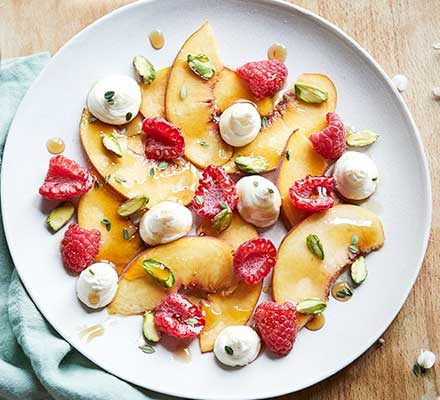
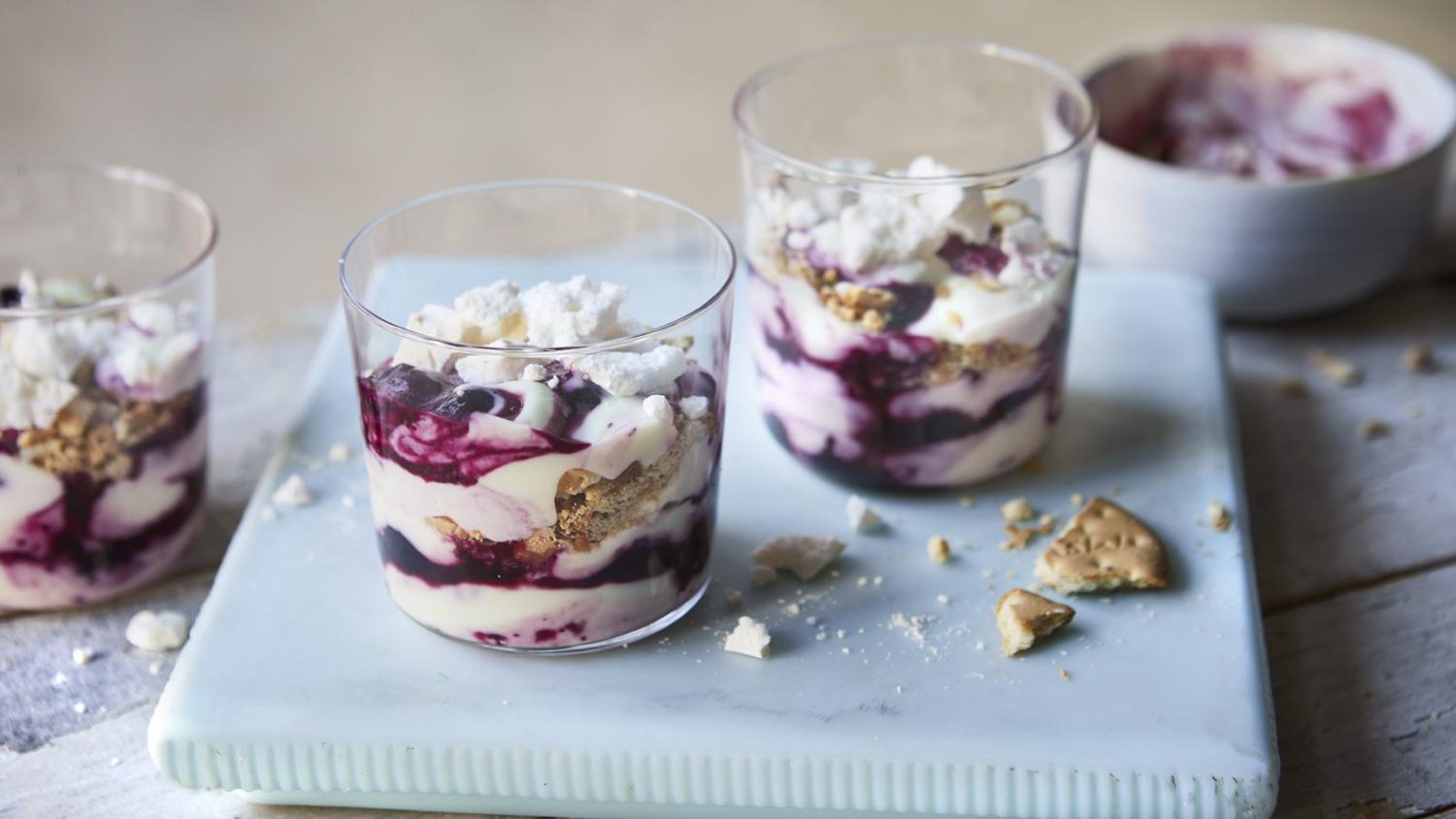
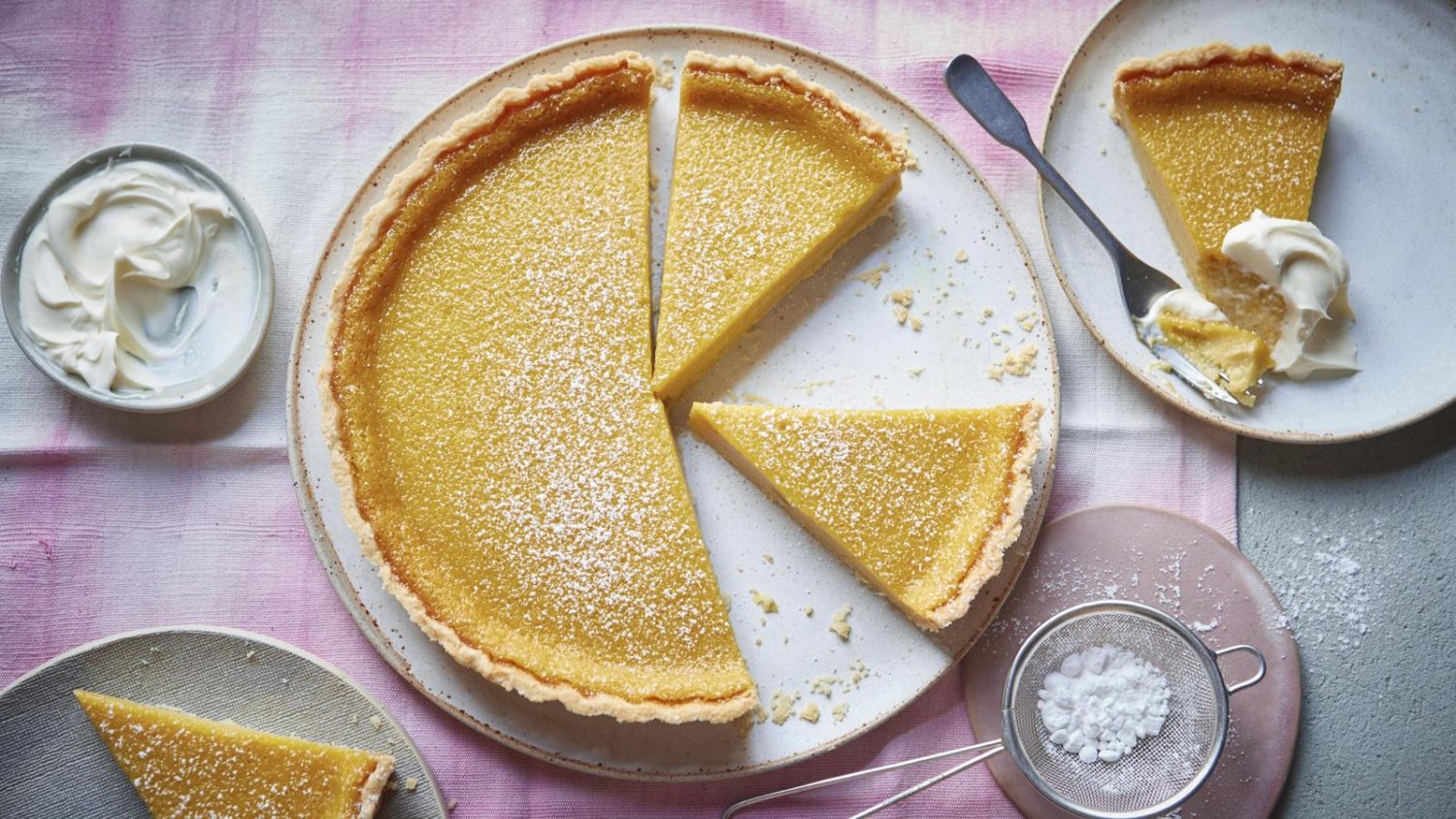
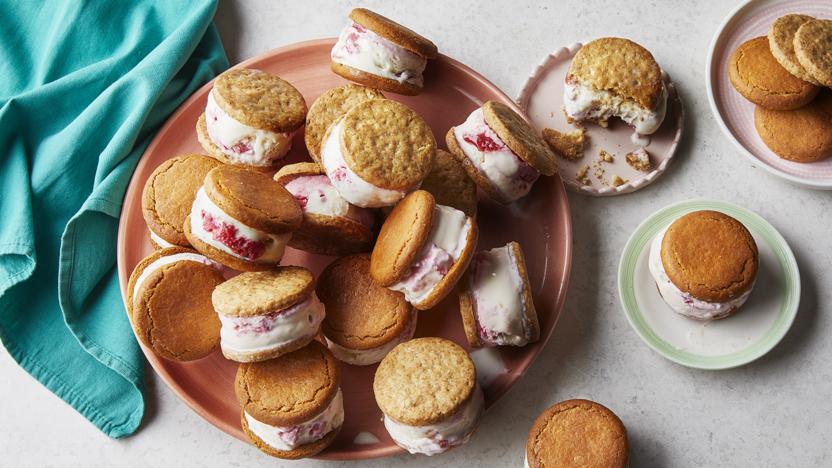
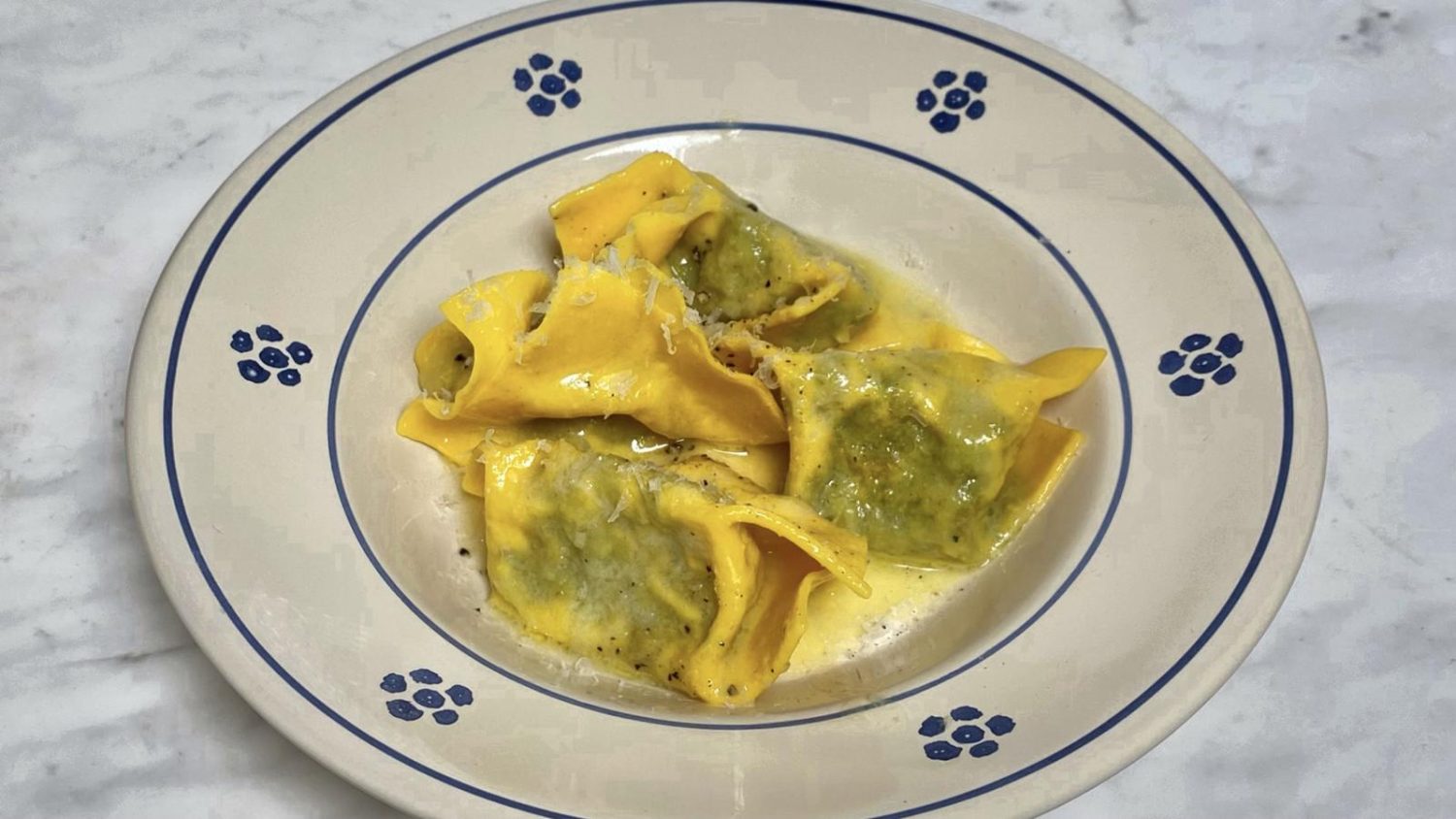
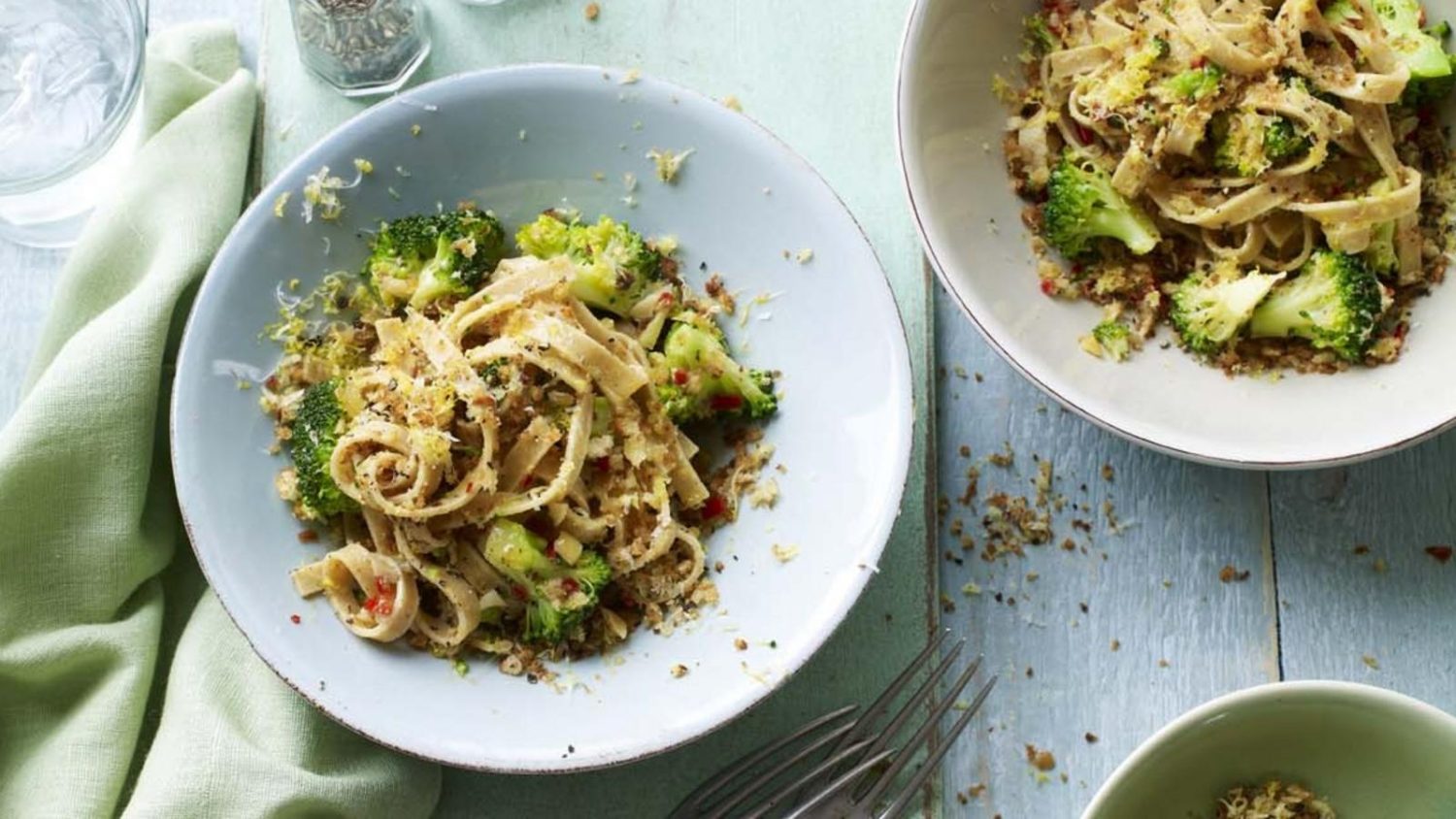
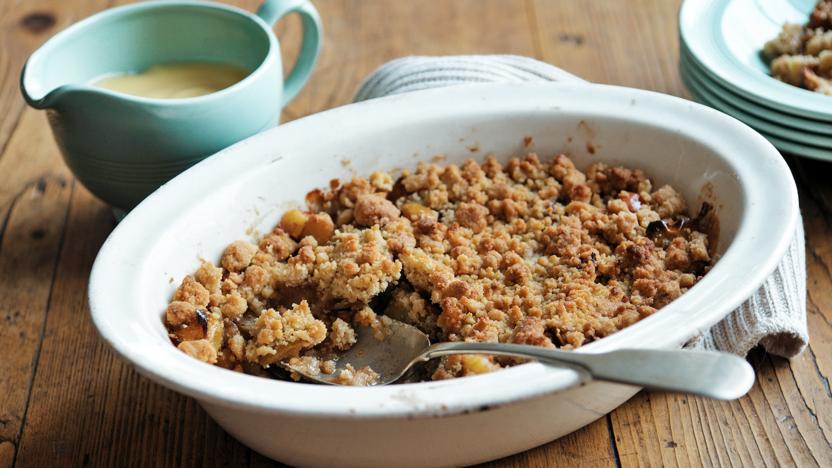

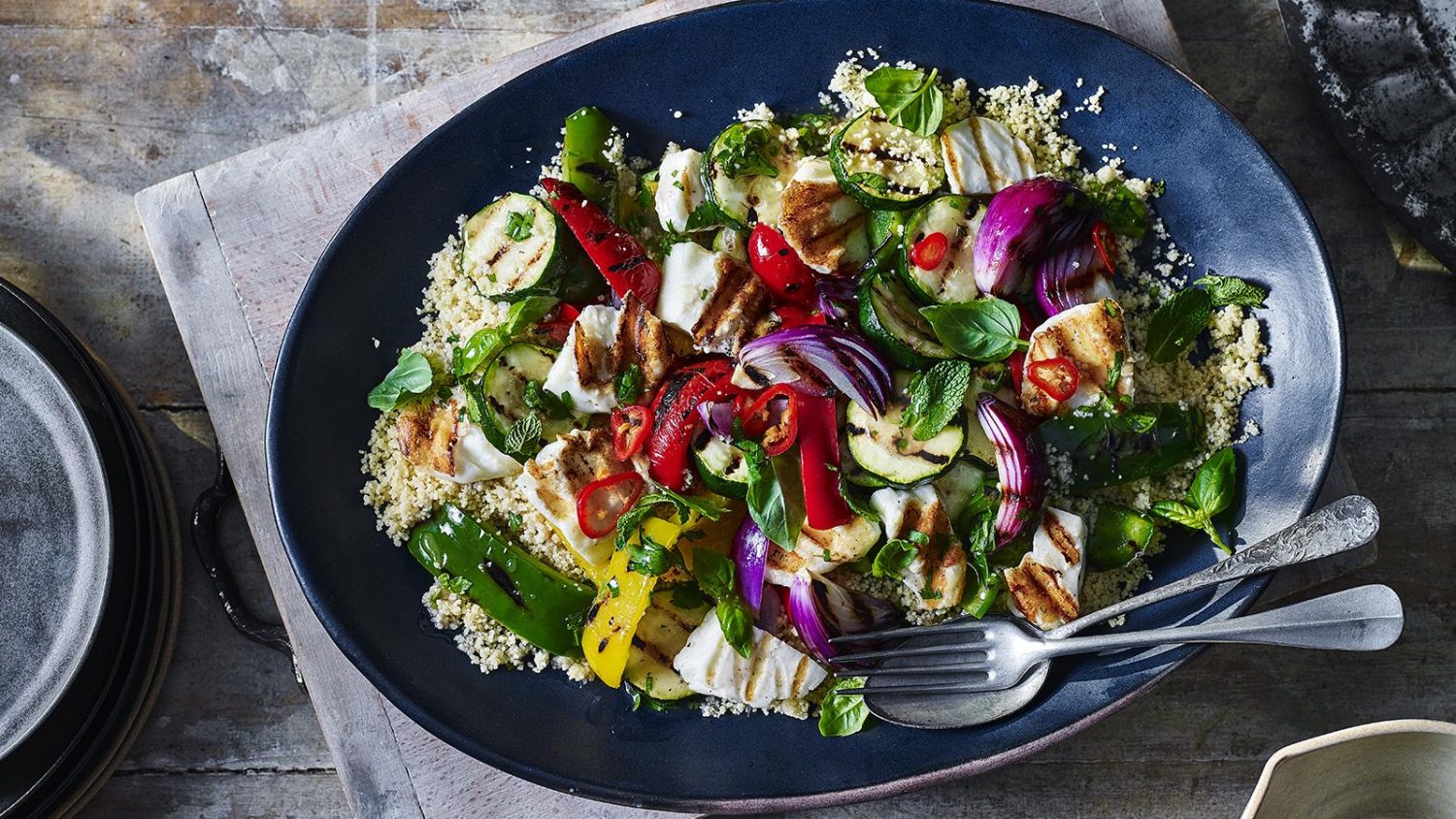
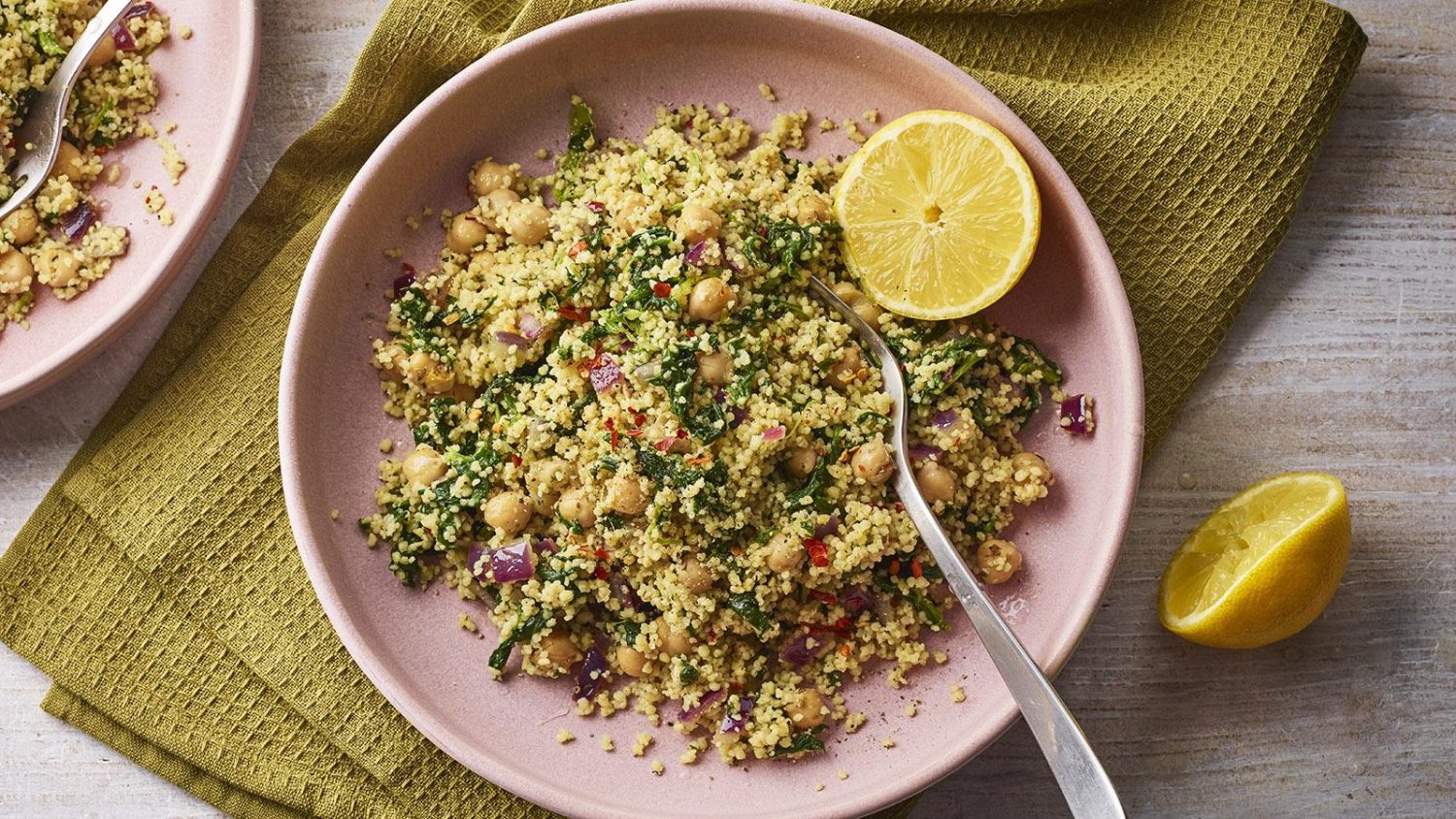
Notes
Read our recipe notes below (0)